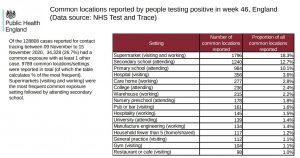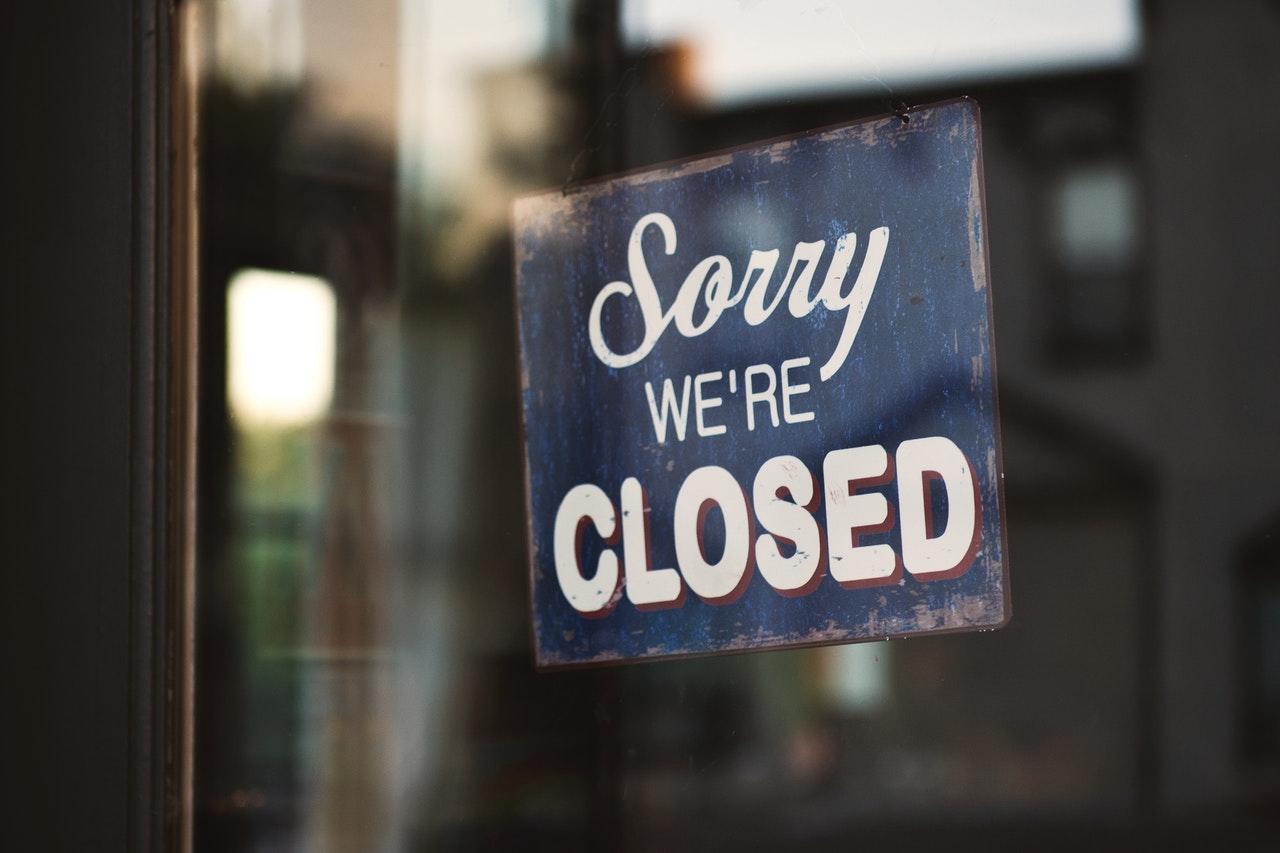Lockdowns, in the course of less than a year, have been exported from China as an authoritative method of public health control. Now they have become the go-to method of dealing with outbreaks and ‘spikes’ of Covid-19. An understandably never-countenanced form of population control, more countries than not have imposed full-scale dystopian lockdowns as a method of coronavirus suppression. However, there is growing skepticism of this this once accepted method of controlling the virus, which is described by many as being akin to ‘cutting off your leg because you have a verruca.’
In the UK, recent data has highlighted the main premises and locations of Covid-19 transmission. With supermarkets showing the highest incidences of transmission, and the likes of pubs and gyms showing some of the lowest transmission, the imposed lockdown regulations seem illogical. Surely we need to treat what is unquestionably a potentially dangerous virus very differently, whilst promoting the likes of (covid-secure) restaurants and gyms, which are good for physical and mental health and which form part of the very social fabric we are all used to? And, with more than one viable vaccine on the way, why is incessantly calling out for lockdown seemingly the only option?

Pre-Lockdown COVID Cases
In a recent collation of data by Public Health England (PHE), they assessed the Track and Trace data of 128,808 positive COVID cases. It analysed people who had contracted the virus in the lead-up to lockdown (between the 9th and 15th November). Through this, they were able to determine the most frequent locations in which the people with the virus had been. The data suggests that supermarkets were the most common places that people had visited in the lead up to testing positive. As the only place remaining open for UK consumers, this is not promising data.
Coronavirus Hubs
Of all the locations flagged during the study, the supermarkets showed an overwhelmingly high percentage (18.3%); the highest of all recorded locations. This was followed by secondary schools (12.7%) and primary schools (10.1%). Many places thought to be high-risk, such as hospitals and care homes, showed a comparatively very low percentage (3.6% and 2.8%, respectively). Places like gyms, pubs and restaurants, all of which have gone to extraordinary lengths throughout the pandemic to ensure covid-safety, have been closed as part of the restrictive measures imposed in the case of both UK-wide lockdowns.
Few logical people would go as far as suggesting closing supermarkets, a vital part of our lives and offering an essential service, but it begs the question: why are gyms, pubs and restaurants forced to close as part of a blanket ban, with dwindling evidence for doing so?
More from News
- Experts Share: Are There Other Global Initiatives Similar To Trump’s “Gold Card” Visa?
- How Are The UK And The Ocean Linked To Threat Detection?
- Driverless Vehicles: Why Is Tesla Under Investigation?
- Professional AI Use: Is There A Double Standard In Who Uses It?
- Experts Share: How Can The UK Maintain Its Position As A Top Tech Hub Globally?
- Amazon’s Same-Day And Next-Day Delivery Now In 4000 More Areas
- Valutico Acquires AI Innovator Paraloq Analytics to Revolutionise Private Company Analysis
- How Do UK Consumers Spend Their Disposable Income?
Poor Morale and Emotional Wellbeing
It is no secret that collective mental health has taken a hit this year. With job insecurity, isolation and remote working, many have struggled with the challenges of lockdown. Yet, these challenges look to continue as the lockdown extends. With social interaction limited and families and friends forced to spend time apart, loneliness is on the rise for many. However, few cases were found from eating out in restaurants or visiting bars. Additionally, households accounted for less than 1.2% of cases.
Whilst exercise, a common remedy for improving mental health, is still permitted, gyms are forced to be closed. Not only that, but they have been flagged as one of the coronavirus hotspots. Yet, in spite of their bad reputation, they only represented 1.1% of cases in the lead-up to lockdown and gyms are one of the most covid-secure types of venue across the country.
Hospitality Sector in Tatters
Despite being demonised by the government and the media, the hospitality sector showed some of the lowest percentages of coronavirus. Pubs and bars, which have come under fire for encouraging contagious behaviour and large groups, represented a 1.6% of all cases. Figures were similarly low for hospitality (1.5%) and restaurants and cafes (1.0%). The Eat Out To Help Out scheme tried to resuscitate the hospitality economy this summer and helped the sector recuperate slightly. Yet, with the second lockdown, the hospitality sector is set to suffer once more, possibly irrevocably.
Death of the Economy
It bears questioning, if the most common places to contract coronavirus are the supermarkets and schools, why are these the only places permitted to go during lockdown? It is, of course, logical that the public is able to buy food and that students are able to be educated. But if the percentage of cases is so low in other sectors, why should these businesses be forced to lose their livelihoods? With the economy floundering and national morale declining, maybe it is time to reconsider if lockdown is helping or hindering. Surely it is high-time that both the wider public and governments around the world start to promote the messaging of learning to live with the coronavirus, rather than just ‘exist’ alongside it…hiding behind the curtains…and a locked door…



